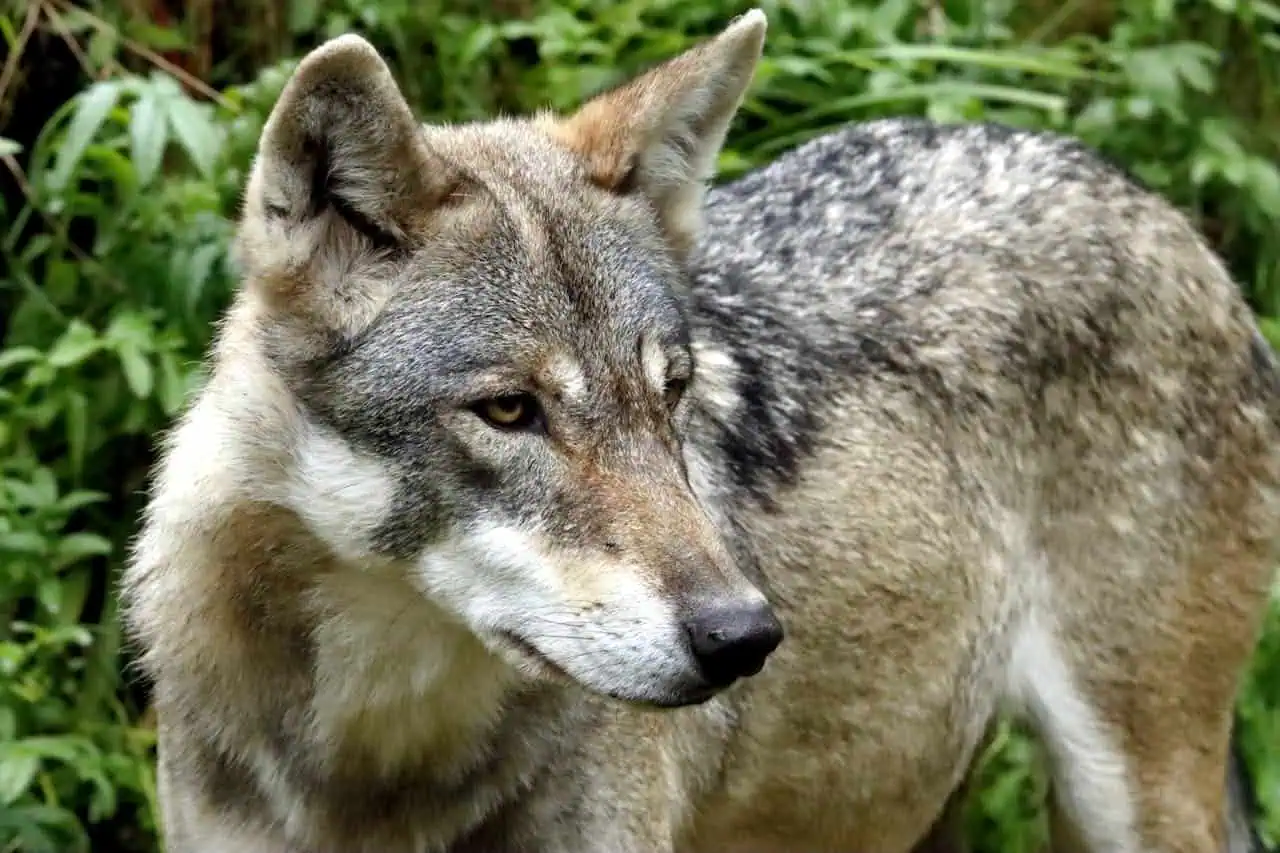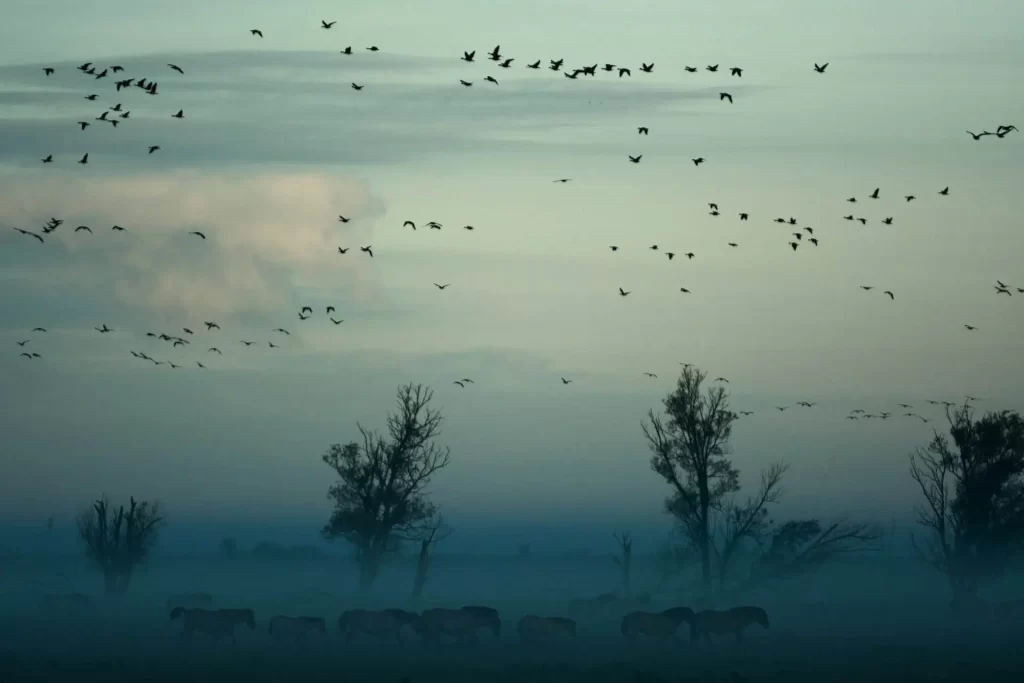Share:
Understanding the Feeding Ecology of Wolves in the Netherlands

After several years of sporadic appearances, the first wolf (Canis lupus) permanently resettled in the Netherlands in 2018. This marked a pivotal moment in the natural recolonization of the species in Western Europe. As wolf numbers slowly increase, so too do the tensions that come with their return—particularly conflicts with humans due to livestock predation.
There is growing concern among stakeholders such as livestock farmers, hunters, and land managers about how wolves navigate and feed within the human-dominated Dutch landscape. Understanding what wolves eat, where, and when, is essential to inform both public debate and effective policy. Robust, science-based insights into wolf feeding behavior can help predict trends and mitigate conflicts.
To that end, researchers carry out a comprehensive, multi-year dietary analysis of wolves in the Netherlands. They combine environmental DNA (eDNA) techniques with traditional microscopic analysis of prey remains—such as hairs and bones found in wolf scat—to build a detailed picture of their diet.
Scope of the Study
In 2023, 735 wolf scats were collected and analyzed. Of these, 624 were used to determine dietary composition based on frequency of occurrence (%FO), and 427 were used to estimate consumed biomass (%BM).
The findings reveal that wild ungulates form the core of the Dutch wolf’s diet. The most common prey species were:
- Roe deer – 59% FO, 35% BM
- Wild boar – 37% FO, 29% BM
- Red deer – 18% FO, 8% BM
Domesticated livestock also featured prominently, accounting for 30% of the scats by occurrence and 23% of the consumed biomass. Of this, cattle and sheep were the most frequently represented (21% and 8% FO, respectively).
Other prey included birds (12% FO), lagomorphs (11% FO), and small mammals (10% FO).

Based on analyses of 273 and 345 wolf scats respectively, collected in 2023, this figure shows the frequency of occurrence (%FO) of prey species in the wolf diet in Drenthe and the Veluwe. Diet data were obtained through a combination of microscopic hair analysis, tooth and bone morphology, and environmental DNA (eDNA) techniques. Only prey species or categories with a frequency greater than 1% are shown.
Adapted from Groen et al., 2024, Ecology of Large Carnivores in the Netherlands.
Spatial Variation: Veluwe vs. Drenthe
The study found notable regional differences in diet between wolf packs in the Veluwe and Drenthe:
- In Drenthe, cattle made up 37% of the consumed biomass.
- In the Veluwe, wild ungulates dominated, accounting for a striking 96% of the biomass consumed.
In Drenthe, the presence of cattle in the diet is believed to be largely due to calves or carcasses from free-ranging conservation herds used in nature management. However, due to the nature of scat analysis, it is not always possible to determine whether an animal was killed by wolves or scavenged after natural death.
These differences reflect the contrasting availability of wild prey. The Veluwe hosts a relatively complete community of wild ungulates, allowing wolves to rely almost entirely on natural prey. In contrast, Drenthe has fewer wild ungulate species, leading wolves to supplement their diet with domestic animals—especially where they are accessible in open, unmanaged grazing systems.
Seasonal Shifts in Diet
Seasonal variation was also observed. During the wolf birth season (April–June), which coincides with the birthing period of many wild ungulates, wolves shifted from consuming adult ungulates to targeting more vulnerable young animals, such as wild boar piglets and red deer calves.
Conclusion
The study underscores the opportunistic and adaptive feeding behavior of wolves and offers valuable ecological insights into how they function within fragmented, human-influenced landscapes. This knowledge can directly support science-based policymaking, reduce conflict, and facilitate informed dialogue on the future of wolves in the Netherlands.
Report: Onderzoek naar het voedingsgedrag van wolven (Canis lupus) in Nederland 2023 (in Dutch)






